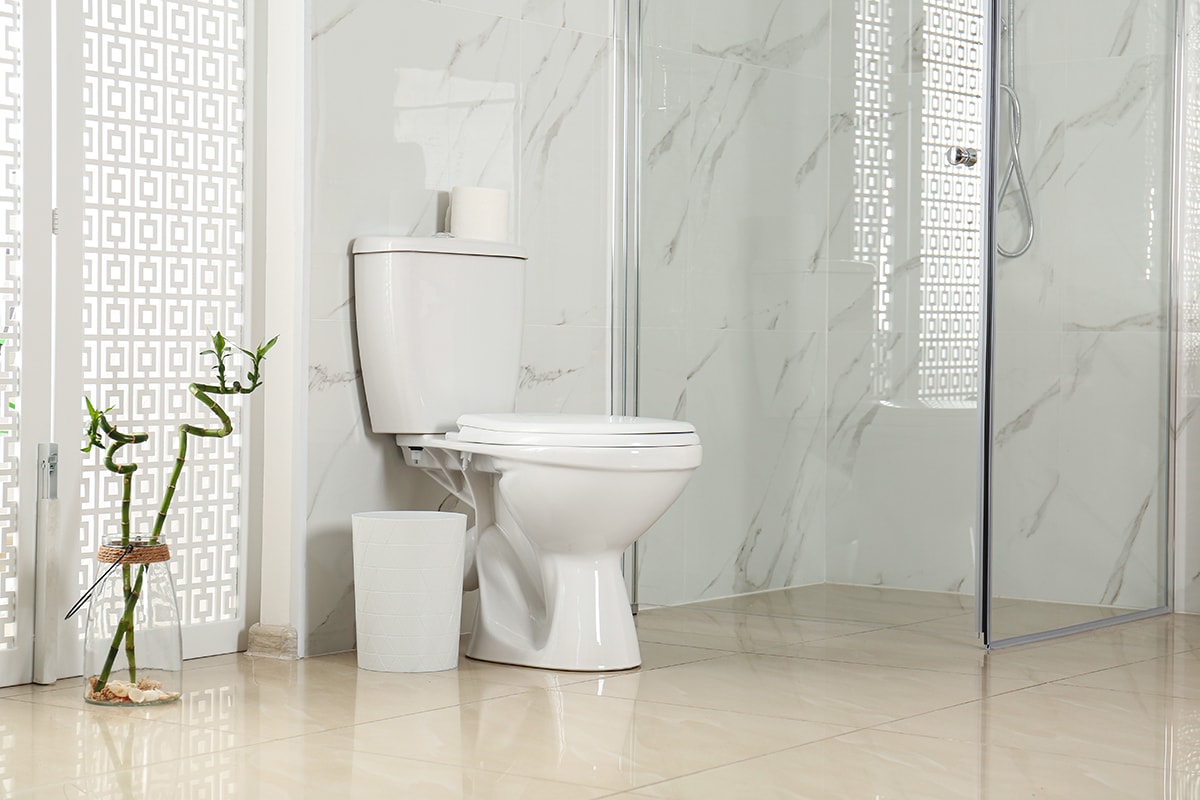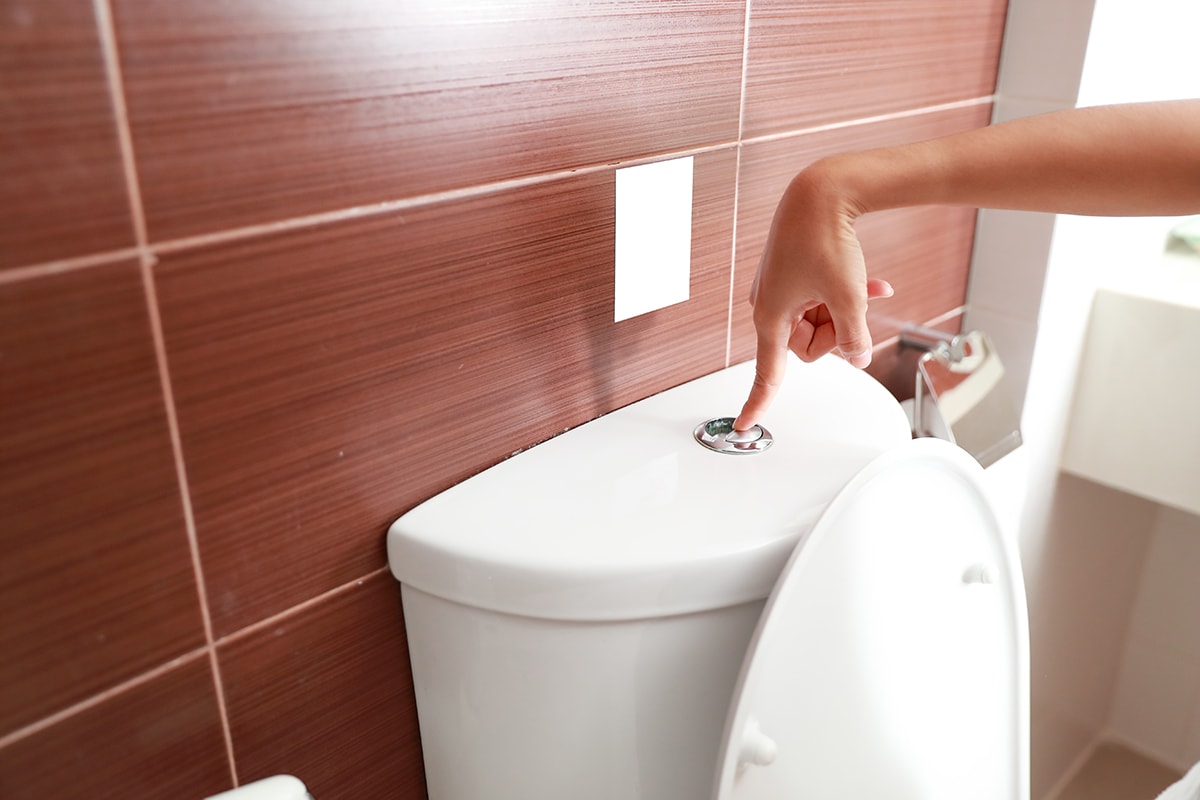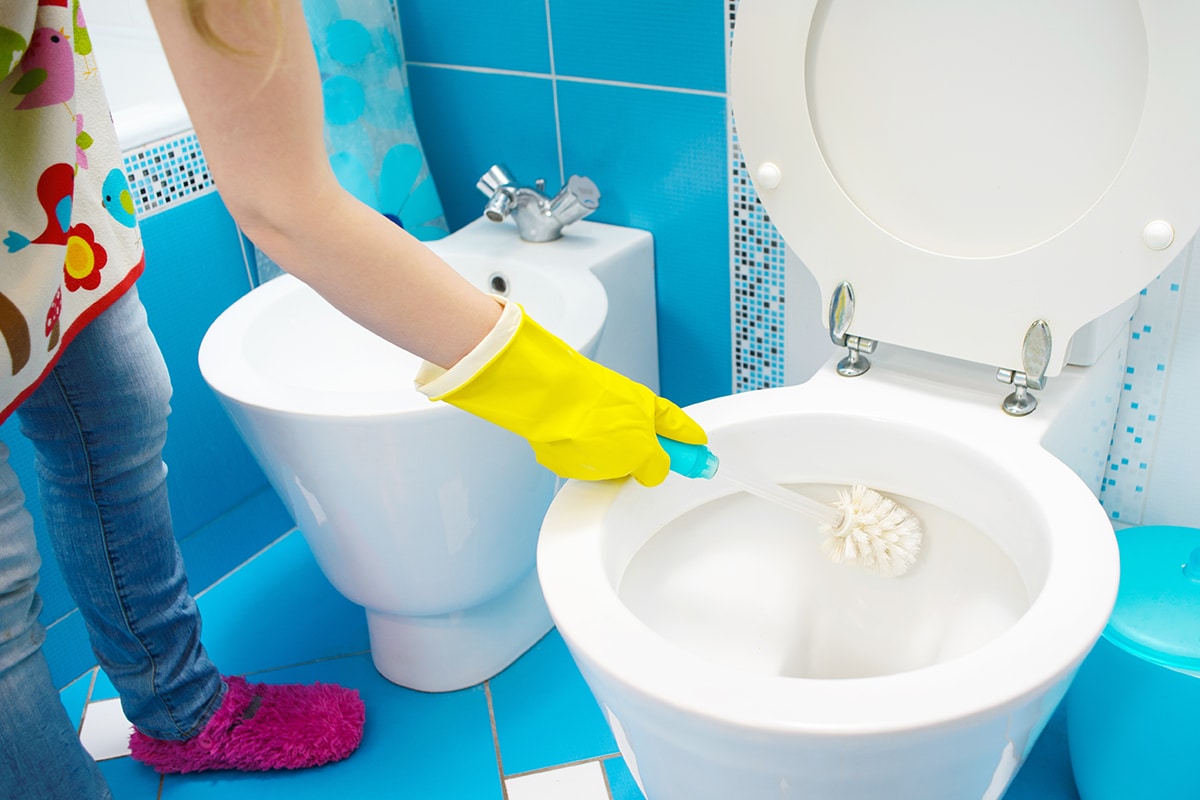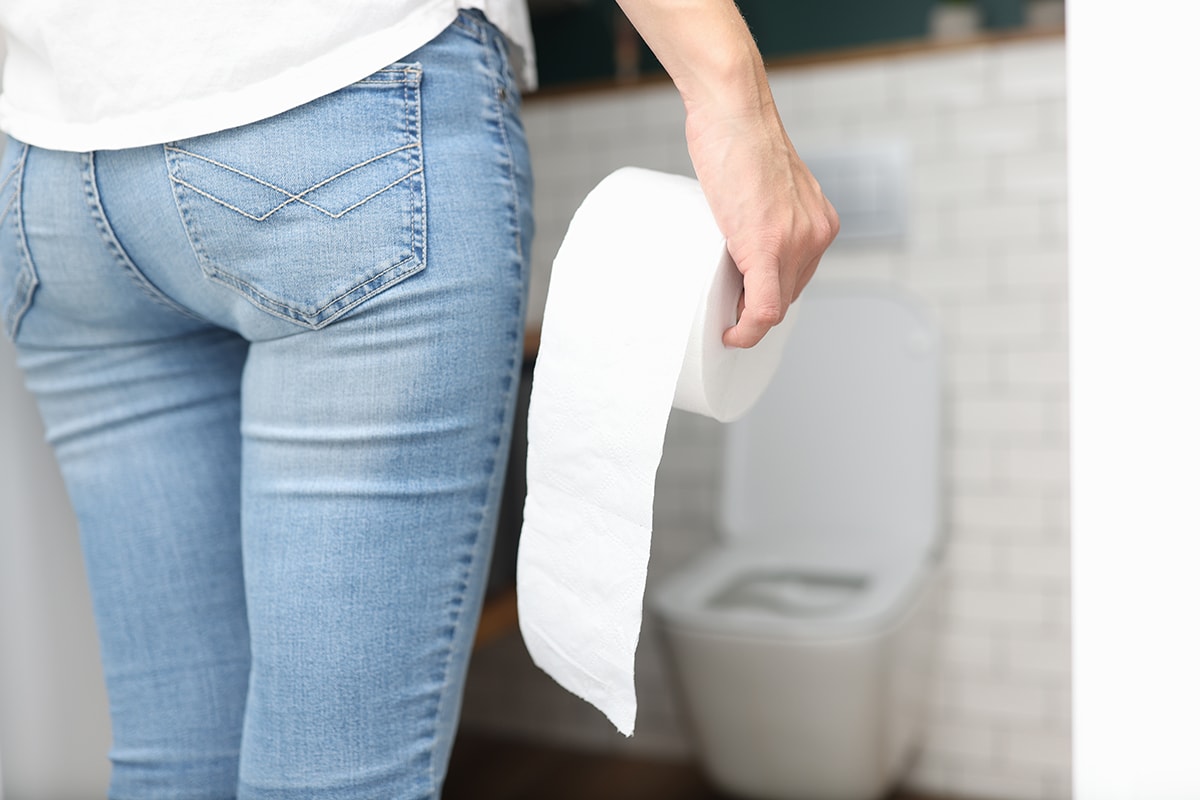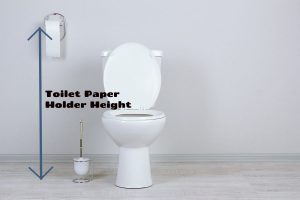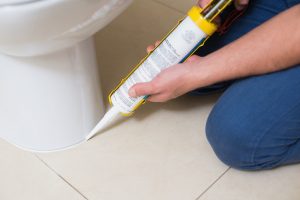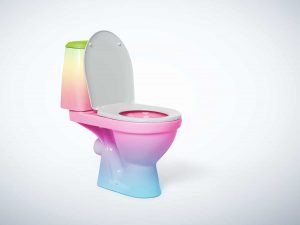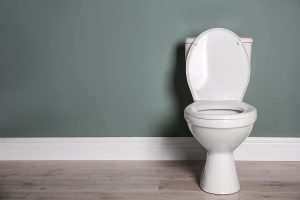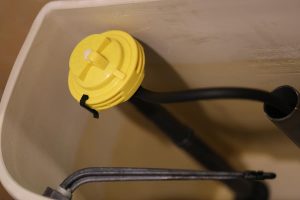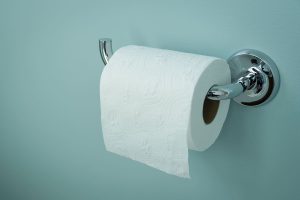Most toilets are designed to last around 50 years, though this is only a guide and will depend on a number of factors. The more use a toilet gets, the shorter you can expect its lifespan to be. It may also not last as long as you’d like if it was not installed properly or if it is treated incorrectly. You can take steps to increase the life expectancy of your toilet, including proper maintenance.
Here we explore the things that can affect how long a toilet lasts and what you can do to get the most out of the toilets in your home.
What Affects Toilet Lifespan?
Amount of flushes
The more a toilet is flushed, the shorter amount of time you can expect it to last. On average, toilets should last around 50 years, but as an average, this accounts for some toilets which might last 80 years and others that only last 15 years. The main toilet in a family home is likely to get a lot more use than a toilet in a guest en-suite bathroom, and as such, it should be anticipated that the toilet in the family bathroom will need to be replaced first.
Toilets that don’t get flushed very often should be expected to last longer, providing they are well looked after. You might not think that you can limit the number of flushes your toilet experiences each day because a toilet is of course, there to be used, and when you need to use it, you need to use it! However, some experts recommend avoiding flushing the toilet unless necessary and letting urine mellow.
Amount of use
The amount of use a toilet gets will affect its lifespan. While obviously a toilet that sees a lot of uses will get flushed a lot, which can reduce its lifespan, a toilet that gets used a lot is also going to be more susceptible to damage and breakages than a lesser-used toilet.
Toilets which are situated in a heavily used bathroom are more vulnerable simply because people are around them more often. Accidents can cause breakages to a toilet that would not be repairable, for example if something heavy is dropped on the toilet and it cracks.
Standing on the toilet to change a lightbulb, for example, could result in damage that would cause the toilet to need replacing before its time. Toilets which are rarely used have a significantly lower chance of sustaining damage which would put them out of action.
Installation
The way a toilet is installed and who it is installed by can affect the amount of time it lasts for. A toilet that has been incorrectly installed will be more likely to have problems that may or may not be able to be fixed. If a toilet is installed incorrectly it can also be more prone to breakages, which can shorten a toilet’s lifespan.
Maintenance
A toilet is something that most people understand needs to be maintained with regular cleaning. The toilet bowl, as well as the toilet seat, and the exterior parts of the toilet, should all be serviced with a five-minute clean around three times a week for toilets that receive heavy use, such as toilets in family bathrooms and in a master en-suite.
Public toilets will need to be cleaned much more frequently, as often as every two hours, since they are in constant use. Alternatively, if you spray the inside of the toilet bowl with a household cleaner after each use, this will cut down the number of times it should be cleaned each week. For deep cleans, apply toilet gel beneath the rim of the toilet bowl and let it soak overnight, then flush it away the next day.
Quality
The quality of a toilet, as with anything, is, of course, going to affect how long it lasts. More expensive toilets may come with additional features, such as more eco-friendly flushing or touch-free flushing, but they will typically also be made from more premium materials which can be less susceptible to cracking or breakages. Inexpensive toilets can absolutely last a long time when well looked after, though they will usually come with shorter warranties.
How to Help a Toilet Last Longer
Minimize flushing
Cutting down on the amount of time you use a toilet isn’t really possible, but you can cut down the number of times it gets flushed. Encourage members of your household to only flush the toilet according to the rule: ‘if it’s yellow, let it mellow, if it’s brown, flush it down’.
This will save water, extend the toilet’s lifespan, and it poses no health risk at all, as explained by State Epidemiologist Dr. Jeff Engel, who says, “urine is normally sterile as a body fluid. Even if you have a urinary tract infection with bacteria in your urine it would be inactivated with the chlorine levels in the public water supply. There’s really no known disease transmission with urine left unflushed in the toilet.”
By only flushing your toilet once at the end of each day, you can significantly reduce the total amount of flushing and, therefore, potentially extend the lifespan of a toilet. This is also great practice for conserving water since one flush uses between 1.28 and 1.6 gallons of water.
Clean regularly
Regular cleaning will prevent a toilet from harboring germs and bacteria and from suffering from a build-up of limescale which can affect its lifespan. Routinely clean a toilet at least once a week, ideally, three times a week, to help it stay in good condition for longer.
Install correctly
Correct installation for toilets is essential. Hire a plumber with a good reputation to install your toilet and to perform any adjustments or fixes.
Use safely
Using a toilet in the way it is intended will cut down the risks of it getting broken. This means avoiding standing on the toilet or using it to stack heavy items on.
